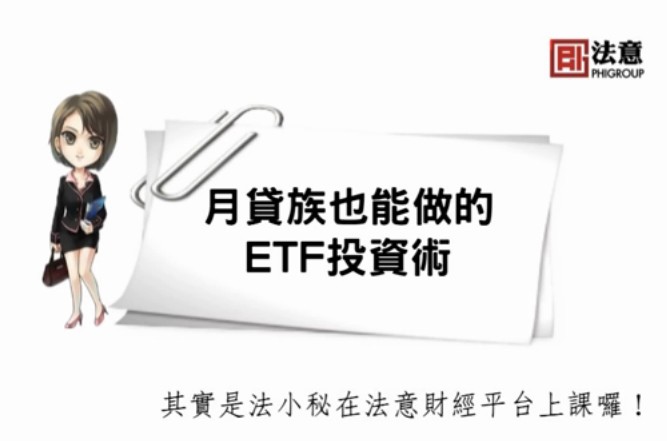在這個網頁中,提到一些細節,魔鬼就在細節中,參考CFTC報告卻不好好解讀,有一天會吃大虧的。
http://www.cftc.gov/marketreports/commitmentsoftraders/cot_about.html
以下節錄我覺得特別重要的幾段。
• The COT report is published more often—switching to mid-month and month-end in 1990, to every two weeks in 1992, and to weekly in 2000.
• The COT report is released more quickly—moving the publication to the sixth business day after the "as of" date in 1990 and then to the third business day after the "as of" date in 1992.
1992年起,原需要6個工作天,改為3個工作天公佈
• The report includes more information—adding data on the numbers of traders in each category, a crop-year breakout, and concentration ratios in the early 1970s; data on option positions in 1995; and a Supplemental report in 2007 showing positions of Index Traders in selected agricultural markets.
2007年起,特定的農產品公佈指數型基金部位。(大家都知道之前的農業基金非常火紅,事實上這些基金並未買進真實的農產品,而是買進相對應的期貨部位,龐大的資金湧入卻不代表看多。)例如最近的CBOT小麥:指數型基金佔了45%的多頭部位,所以8大交易人部位已失去參考性。台灣未來是否會走向這個情況呢?只要夠開放的話,我覺得遲早會。
• The report also is more widely available—moving from a subscription-based mailing list to fee-based electronic access in 1993, and, beginning in 1995, becoming freely available on CFTC.gov.
The COT reports provide a breakdown of each Tuesday's open interest for markets in which 20 or more traders hold positions equal to or above the reporting levels established by the CFTC. The weekly reports for Futures-Only Commitments of Traders and for Futures-and-Options-Combined Commitments of Traders are released every Friday at 3:30 p.m. Eastern time.
美國東部時間,星期五下午3:30公佈:期貨部位,以及選擇權合併期貨部位。
Open interest held or controlled by a trader is referred to as that trader's position. For the COT Futures-and-Options-Combined report, option open interest and traders' option positions are computed on a futures-equivalent basis using delta factors supplied by the exchanges.。Long-call and short-put open interest are converted to long futures-equivalent open interest. Likewise, short-call and long-put open interest are converted to short futures-equivalent open interest. For example, a trader holding a long put position of 500 contracts with a delta factor of 0.50 is considered to be holding a short futures-equivalent position of 250 contracts. A trader's long and short futures-equivalent positions are added to the trader's long and short futures positions to give "combined-long" and "combined-short" positions.
期權合併報表的部位數量以delta來計算。舉例來說,持有500口delta為0.5的call,將計算為250口的期貨多單。
Open interest, as reported to the Commission and as used in the COT report, does not include open futures contracts against which notices of deliveries have been stopped by a trader or issued by the clearing organization of an exchange
OI不包括已宣佈交割的期貨。
Spreading. For the futures-only report, spreading measures the extent to which each non-commercial trader holds equal long and short futures positions. For the options-and-futures-combined report, spreading measures the extent to which each non-commercial trader holds equal combined-long and combined-short positions. For example, if a non-commercial trader in Eurodollar futures holds 2,000 long contracts and 1,500 short contracts, 500 contracts will appear in the "Long" category and 1,500 contracts will appear in the "Spreading" category. These figures do not include intermarket spreading, such as spreading Eurodollar futures against Treasury Note futures. See also Old and Other Futures.
指的是:同時持有多單與空單的話,期權合幷報表則將多空單重疊部份顯示為"Spreading"。
Old and Other Futures (long form only). For selected commodities where there is a well-defined marketing season or crop year, the COT data are broken down by "old" and "other" crop years. The Major Markets for Which the COT Data Is Shown by Crop Year table lists those commodities and the first and last futures of the marketing season or crop year. In order not to disclose positions in a single future near its expiration, on the first business day of the month of the last future in an "old" crop year, the data for that last future is combined with the data for the next crop year and is shown as "old" crop futures. An example is CBOT wheat, where the first month of the crop year is July and the last month of the prior crop year is May. On May 3, 2004, positions in the May 2004 futures month were aggregated with positions in the July 2004 through May 2005 futures months and shown as "old" crop futures. Positions in all subsequent wheat futures months were shown as "other."
所謂的農產品年度(crop year),舉例來說:小麥的農產品年度的第一個月是6月,最後一個月是5月。假設有有交易人在2004年5月交割的期貨持有多單,這部份將計在「Old」裡的Long-only,在2004年6月交割的期貨持有相同的空單,將計在[ Other] 裡的short-only。但在「All」,他會被計為「Spreading」。
For the "old" and "other" figures, spreading is calculated for equal long and short positions within a crop year. If a non-commercial trader holds a long position in an "old" crop-year future and an equal short position in an "other" crop-year future, the long position will be classified as "long-only" in the "old" crop year and the short position will be classified as "short-only" in the "other" crop year. In this example, in the "all" category, which considers each trader's positions without regard to crop year, that trader's positions will be classified as "spreading." For this reason, summing the "old" and "other" figures for long-only, for short-only, or for spreading will not necessarily equal the corresponding figure shown for "all" futures. Any differences result from traders that spread from an "old" crop-year future to an "other" crop-year future.
沒想到無名有字數限制…明日待續




 留言列表
留言列表
